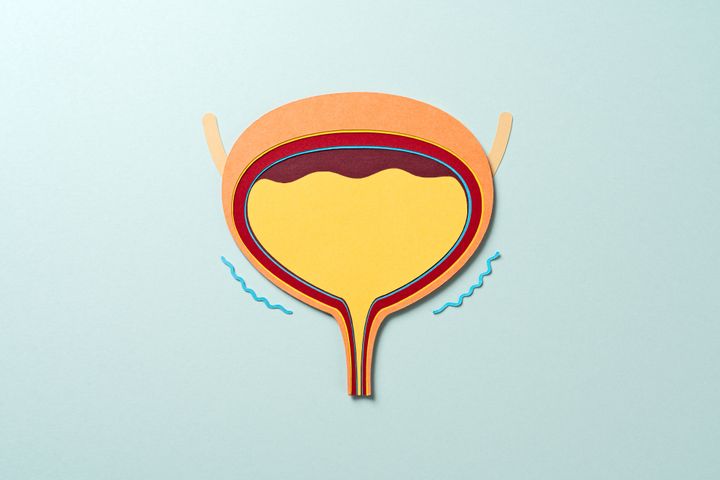
Most of us pee around 6-7 times a day but how often do you actually look at your urine?
It turns out that actually, changes in how our urine appears and even the sensations we experience when we pee can be indicators of health conditions that need to be addressed.
If you notice any changes with the consistency, appearance, or sensation of peeing, make sure you see your GP to rule out anything serious or get the treatment that you need.
What your pee says about your health
What changes in the colour of pee mean
According to Healthline, if your pee is clear, you have actually been drinking too much water. If your pee is orange, this could be down to dehydration but if you are also passing light-coloured stools, this could be due to an issue with your bile duct.
If your urine is red or pink, chances are, you have eaten something red/dyed that has dyed your pee in turn. However, this can also be a symptom of an enlarged prostate, kidney stones or tumours in the bladder.
If your urine is brown, this is likely due to dehydration, your diet, a side effect of medication or perhaps more worryingly, an indicator of liver disease. Cloudy urine is also an indicator of dehydration as well as urinary tract infections (UTIs), chronic disease or kidney conditions. If your pee is cloudy and foamy, you should speak to your GP as soon as possible.
Urine should typically look yellowish to amber and have a light scent.
What painful urination can be a sign of
If you feel pain or burning when you pee, it could be a sign of infection. According to Mayo Clinic, when females experience this sensation, it is often caused by UTIs and in males, it’s often caused by urethritis and prostate problems.
Mayo Clinic adds that pregnant people experiencing this alongside other symptoms should seek medical attention.
The signs of kidney disease
According to Healthline, progressed kidney disease often comes with changes in urine and urination including:
- Making less urine
- Needing to pee more often
- Seeing blood in urine
- Foamy urine
Other signs include insomnia, feeling tired, problems with concentration, swelling in limbs, swelling in the face and muscle cramps.